Engineered bacteria anchor inside the intestines, for treatment of gastrointestinal damage.
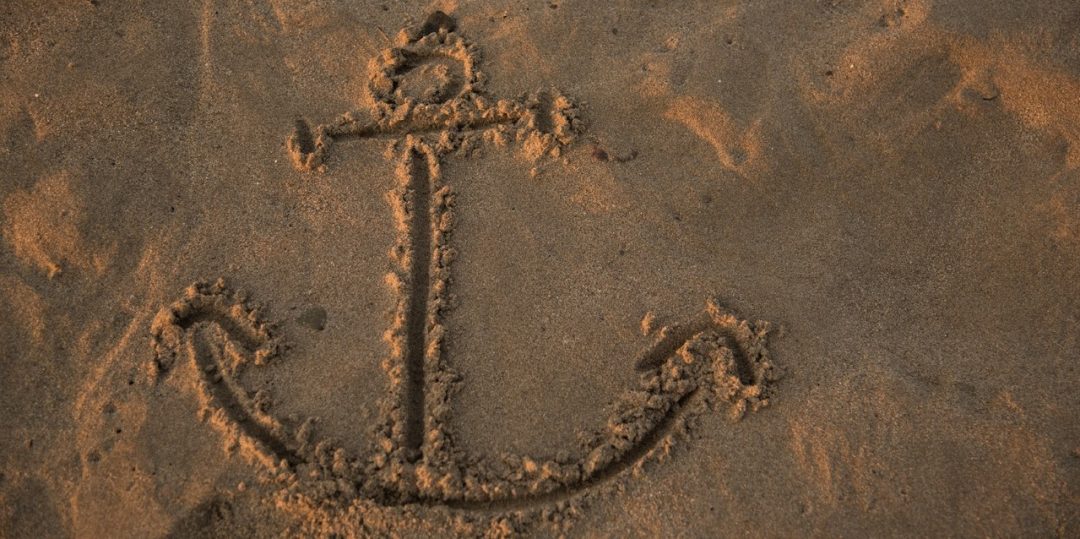

Engineered bacteria anchor inside the intestines, for treatment of gastrointestinal damage.

Scientists studied the effects of synthetic cannabis on fetal brain development in pregnant mice.
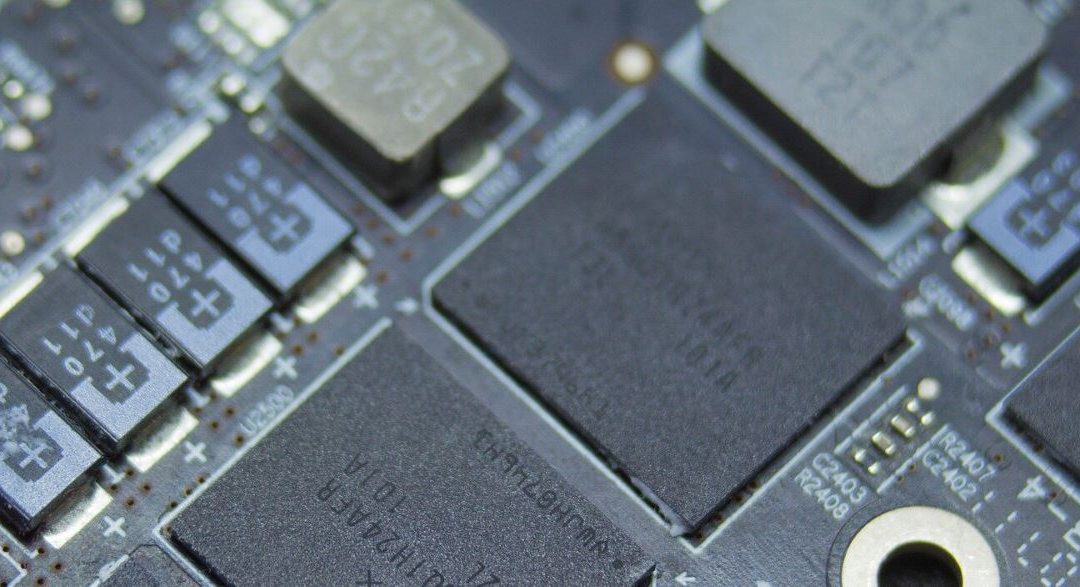
Tannic acid, commonly used in medicine or the technical and food industry, may soon help make electronic components and adhesives more durable and better for the environment.
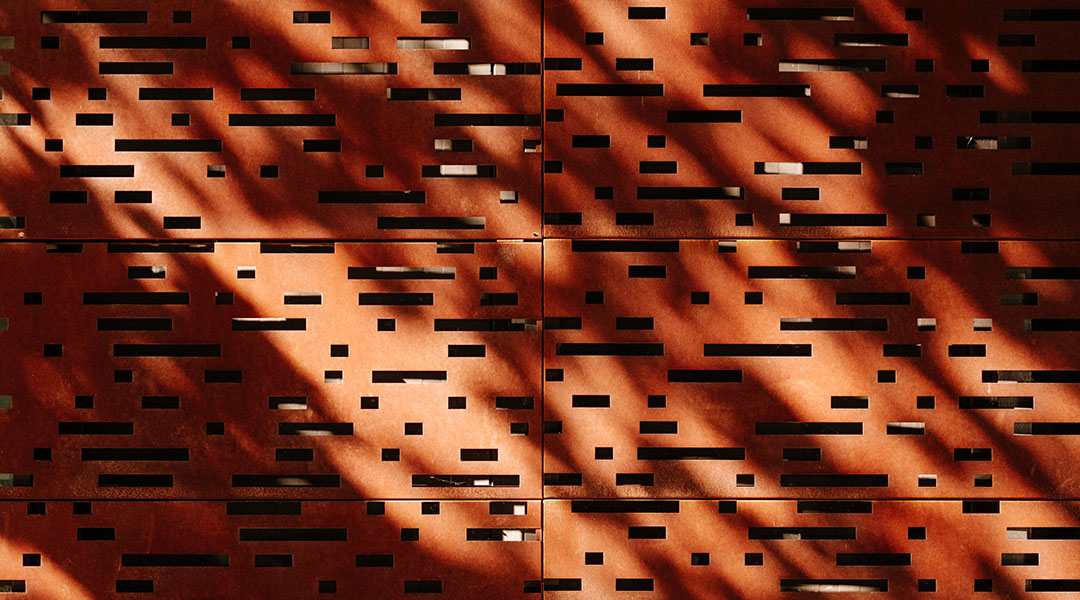
Nanoparticles can be used to destroy a common bacterial defense mechanism.
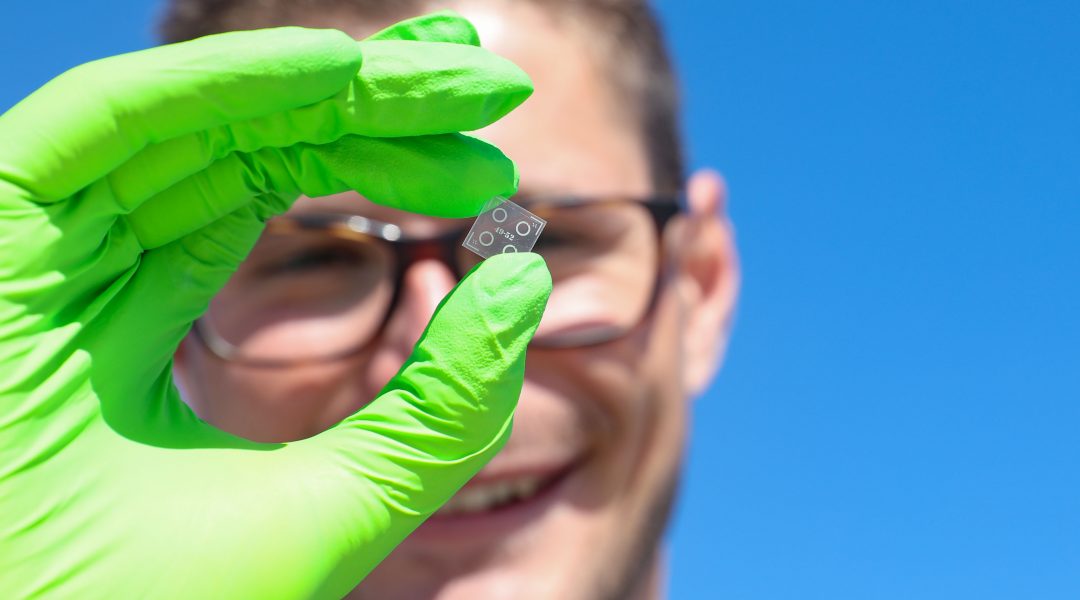
Mg-based microresonators for wirelessly powered biodegradable medical implants.

Guinness World Records title awarded for lifting a 17,5-ton truck on a bonded aluminum cylinder the size of a soft drink can.

Demonstrating the curious properties of hydrogels.
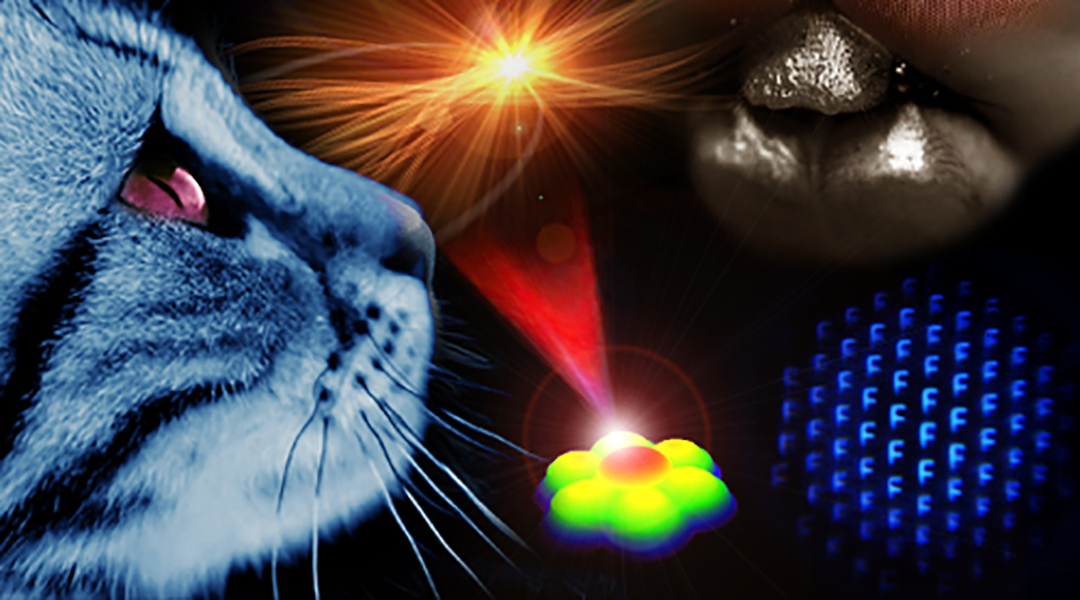
A smart, biomimitic compound eye is made from proteins.

A fully printed, wireless, stretchable, implantable biosystem that offers batteryless, real-time monitoring of cerebral aneurysm hemodynamics is developed.

How a light-powered snail is addressing scalability in robotics.